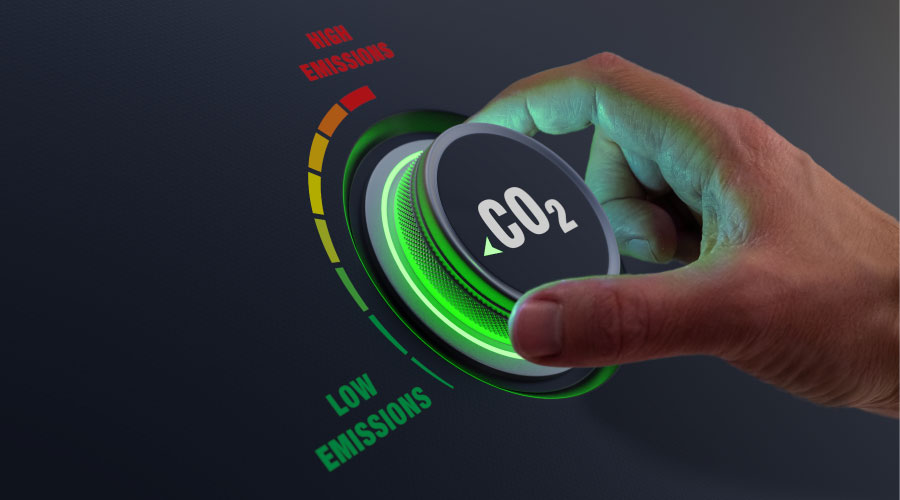Energy Information Systems Provide Data Deep Dive
Energy Information Systems complement BAS systems and allow facilities managers huge flexibility and visibility with energy data.
An energy information system (EIS) offers “visibility into the real-time energy data within a building, making it actionable,” says Chris Wilson, operations director, Energy+Eco, Environmental Systems Design, Inc.
How EIS data is used varies, Wilson continues. “For instance, a facility manager may leverage graphical data to determine where spikes in energy may be occurring. Further investigation would be required by evaluating the building automation system to identify a corrective action.” A property manager, on the other hand, might tap graphical and tabular data for reports to investors or other stakeholders. “Overall,” Wilson says, “the benefit of seeing and storing the real-time data allows for intelligent decisions to be made.”
Joseph Aamidor, managing director of Aamidor Consulting, agrees that best applications vary by building type. For a commercial real estate firm, an EIS can provide better tenant utility billing than the old method of allocating energy chargebacks by square footage rather than actual use, he says.
“Many corporations can use EIS real-time or interval data,” says Aamidor. Facility managers can then view where energy spikes are occurring and do better load management. Better load management may allow a facility to take advantage of utility peak demand and demand-response initiatives.
“Another major advantage of EIS is measurement and verification,” notes Aamidor. It can also be used for utility bill management and for identifying and detecting utility billing errors.
Modern EIS dashboards often provide users with consolidated views of all utility data in one place. Today’s EIS generally offer functionality and dashboards to help manage and reduce energy consumption from all sources, as well as other resource consumption and waste, notes Aamidor.
EIS and BAS
It’s important to understand that an EIS doesn’t control equipment. “EIS simply look at data,” explains Lindsay Audin, president of Energywiz. “BAS controls the equipment.” Audin uses an example of a retail store chain’s EIS that recorded an increase in nighttime use of electricity in one month as compared to the past. “What they found was the energy management system’s lighting control had failed.”
Another case Audin cites is an opera house, where the electric heating system control failed, keeping the building fully warm in the winter during unoccupied periods. Thanks to EIS, the problem was caught and rectified.
Another way, EIS proves helpful to BAS is by trending energy and resource data. “If you do not retrocommission the BAS regularly, it almost always gets out of kilter and you will notice your energy use is creeping up,” Audin explains.
EIS software can stand alone or provide data to be integrated into the facility’s BAS or EMS. Some EIS programs interface with the Environmental Protection Agency’s Portfolio Manager to make it easier to obtain Energy Star scores for buildings. Often, EIS also can calculate and report greenhouse gas emissions resulting from energy use as well as energy use intensity.
A typical modern BAS is also capable of trending data points from the equipment it is controlling, according to Wilson. “But this raw data requires further calculations to be turned into actionable energy data.”
Wilson explains: “An EIS provides the end user with a view into the energy data from an equipment, system, or whole-building level with utility meters and sub-meters. Although a modern BAS offers the ability to integrate meters so the data can be viewed and stored in the same fashion as an EIS, the main difference is that a typical BAS is not equipped with the same type of analytics and reporting capabilities as an EIS.”
Another factor that can make it challenging to use a BAS to perform the functions of an EIS is that building portfolios often have a mix of BAS or EMS equipment from different vendors, says Aamidor. That situation can complicate the task of sharing data across the entire organization.“All energy and resource consumption can be incorporated into one EIS solution,” says Aamidor. “That data can be placed online and shared more easily with many energy users.”
While an EIS can be incorporated into a BAS, some companies are leery of allowing such transparency and access to actual building controls systems. For cybersecurity purposes, companies often opt to keep EIS and BAS access separate from each other. When EIS and BAS are combined in one system, companies tend to restrict EIS access and add increased security measures.
Related Topics:















